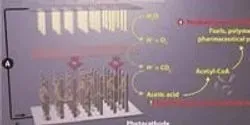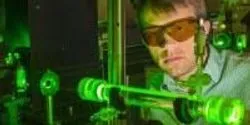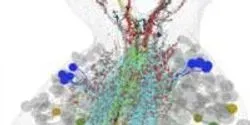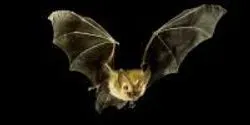News

A recent and famous image from deep space marks the first time we’ve seen a forming planetary system, according to a study by University of Toronto astrophysicists

Nearly half of foodborne illnesses in the U.S. from 1998 through 2008 have been attributed to contaminated fresh produce. Prevention and control of bacterial contamination on fresh produce is critical to ensure food safety. The current strategy remains industrial washing of the product in water containing chlorine. However, due to sanitizer ineffectiveness there is an urgent need to identify alternative antimicrobials, particularly those of natural origin, for the produce industry.

The global industrial sector accounts for more than half of the total energy used every year. Now scientists are inventing a new artificial photosynthetic system that could one day reduce industry's dependence on fossil fuel-derived energy by powering part of the sector with solar energy and bacteria.

Two Arizona State University representatives argue that America needs a new type of institution that merges the quest for discovery and knowledge production with a commitment to providing a quality education to more students from diverse backgrounds.

The newly renovated Lasher Laboratory avian diagnostic, disease and research facility was the focus as community members attended an open house held Friday, April 17, at the University of Delaware’s Elbert N. and Ann V. Carvel Research and Education Center in Georgetown, Delaware.

Transportation accidents, such as trucks crashing on a highway or rockets failing on a launch pad, can create catastrophic fires. It’s important to understand how burning droplets of fuel are generated and behave in those extreme cases, so Sandia National Laboratories researchers have developed 3-D measurement techniques based on digital in-line holography.















